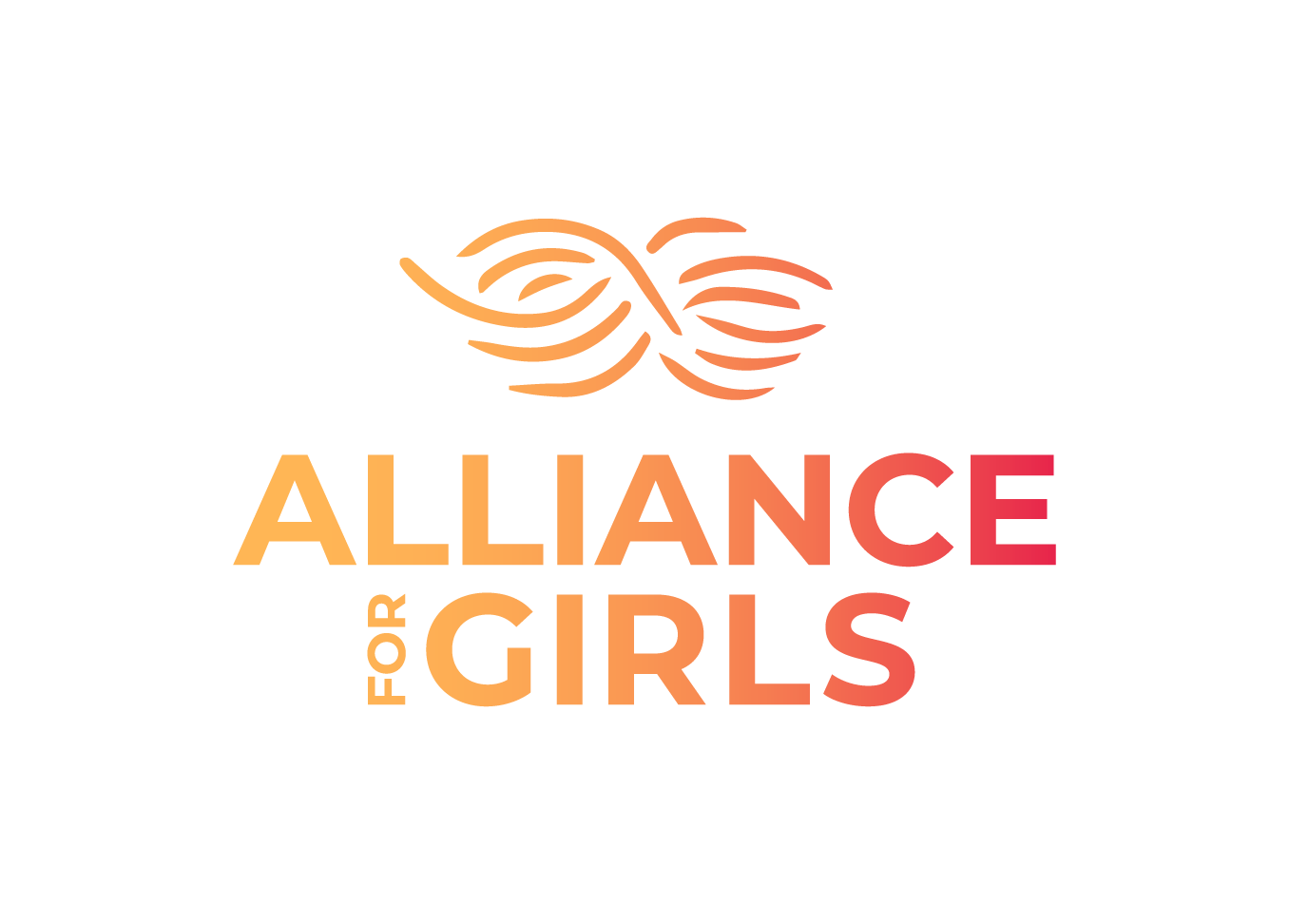3 Successful Strategies to Fight the Gender Wage Gap
by Kara Sammet, Equity & Inclusion Strategist. Originally published on FairyGodBoss.

The gender pay gap is real -- and it’s significantly worse for women of color. Yet politicians are still arguing that equal pay is “bad for society” and will create problematic competition for “men’s jobs.”
So, what can you do to close the gender wage gap for yourself and other women? Here are three successful strategies:
- Stop the Salary History Reveal. Prospective employers like to ask, “What is your current salary?” This gives them an advantage in negotiating a job candidate’s salary. It allows employers to offer less to women as a result of well-documented gender wage gaps. This results in a cycle of pay discrimination. The cumulative impact can follow a woman from her first job through an entire career. Women in Massachusetts, Philadelphia and New York City won big in 2016 with equal pay laws. Each of these places now prohibits employers from either requiring or asking about salary history. How big will the effects of these changes be? It’s difficult to know for sure, but how would a 30% salary increase as a new female employee work for you? That was the outcome, on average, for over 8,000 women hired by Google in 2015, compared with men. Google’s former SVP for People Operations, Laszlo Bock, believes employers can eliminate the gender wage gap in a decade. How? By correcting for women’s wages with every hire and promotion. And by targeting pay for what a job is worth, rather than basing it on a candidate's previous pay. What can you do to stop the salary history reveal? When a prospective employer asks for your salary history, decline to share. Develop your negotiation skills. Self-advocate for the salary range that you deserve. In large companies, ask Employee Resource Groups to lobby HR to stop requiring job candidates to share their salary history.
- Ask for Transparency. California’s new fair wage law puts the burden on employers to disprove pay discrepancies based on gender, race or ethnicity. It also gives employees the right to share pay information and prohibits employer retaliation. Wage transparency helps employees fight gender and race wage gaps. Wage transparency benefits employers too. Employees who believe they are fairly compensated are more engaged and productive. Transparency across an organization requires buy-in from the top. Intel's leadership supported a gender wage pay audit in 2016 and is now auditing its racial pay. Startup Buffer goes further, making its employees' salaries and pay formula public. What can you do to fight for wage transparency? Many women, especially millennials, are sharing salaries with coworkers. Long considered taboo, it's good for closing wage gaps. Contribute your salary and bonus information to the Fairygodboss database. Crowdsourced information for private sector compensation promotes transparency and fairness. It also helps women make informed work choices.
- Design a Path to Action. Want a secret handbook for advancing equity and inclusion goals in the workplace? It's Adam Grant’s Originals: How Non-Conformists Move the World. Chapter three - which highlights perils and tactics for “speaking while female and the double jeopardy of double minorities”- is even free to download. How can you use Originals to close your own wage gap and that of others? Grant’s insights help you maximize your potential to successfully champion change. Two great strategies from the book:
- Be careful how you communicate your goals. Extreme messaging can alienate allies. Ideas that challenge the status quo may get more traction if masked, like a Trojan Horse, to appeal to mainstream audiences. Salesforce, for example, gained leverage for a fair pay audit on behalf of women by framing the audit as a tool to promote fair wages for everyone. Whether this Trojan Horse approach was intentional, it worked.
- Find your people. Imagining that you are the only one who objects to the status quo can be paralyzing. All you need is a single ally to significantly increase your resolve to act. So don’t go it alone. You're more likely to succeed by collaborating with another dissenter.
By some estimates, the global gender pay gap will take 170 years to close. Yet industry leaders illustrate that wage equality is possible in our lifetimes. Let's close the wage gap, now.
